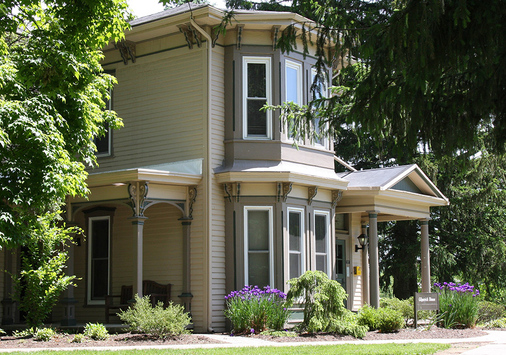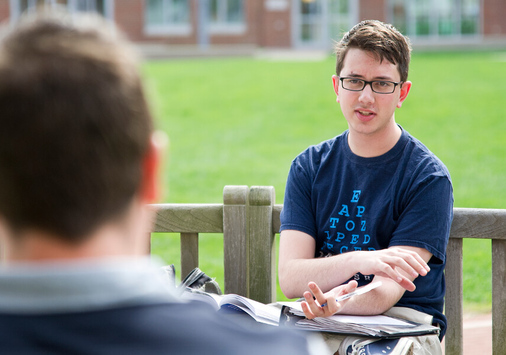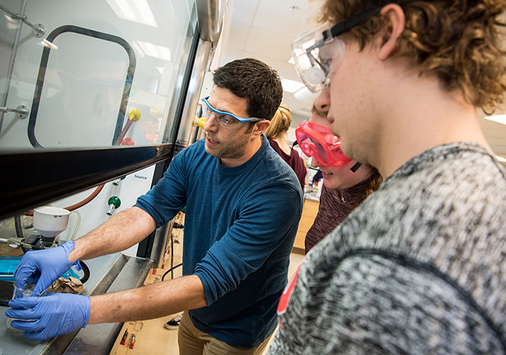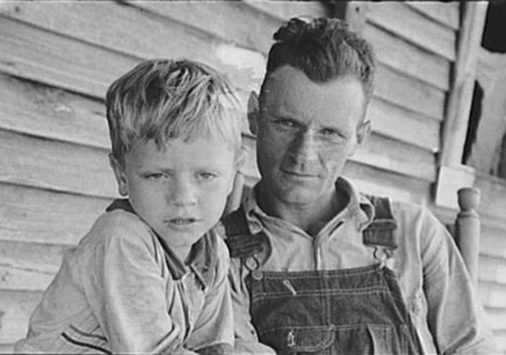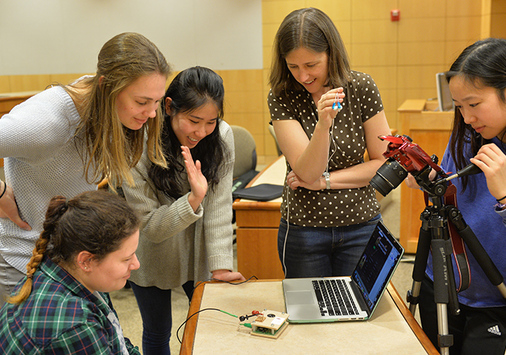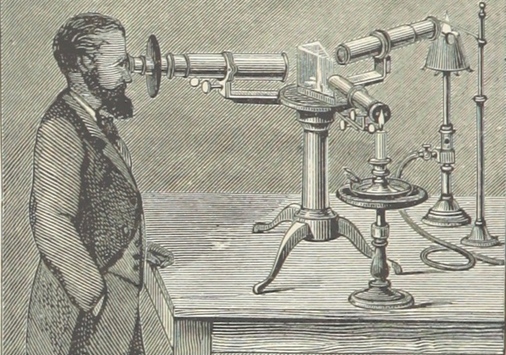Teaching feels really good when students become immersed in the learning at the center of our classes. That immersion takes many forms, but perhaps the most fulfilling is when they own the questions that drive a class in wonderful, unanticipated directions.
The idea that questions matter isn’t new, but it recently has resurfaced in Warren Berger’s elegant book, A More Beautiful Question: The Power of Inquiry to Spark Breakthrough Ideas. A journalist by training and disposition, Berger has been asking questions his entire professional life. But as he eloquently recounts in the opening pages of his book, it was only recently, as he searched for “common denominators among… brilliant change-makers, [that he found] that many of them were exceptionally good at asking questions.”
We get it: the label “change-makers” may turn you off. We recognize that our faculty colleagues see themselves foremost as teachers-scholars-artists, and rightly so. But don’t let Berger’s nomenclature scare you. Taken as a whole, the book is for anyone interested in wanting to experience the deepest, most meaningful sorts of success that come from carefully tilling the ground not for “right answers,” but to pose good questions. Such questions, Berger maintains, should make the greatest difference, generate the highest impact, or touch the most lives.
What if, then, we thought about our studios, labs, and classrooms foremost as opportunities to create the conditions through which we collaboratively identified the questions that might sustain a lifetime of liberal learning? Or as Berger puts it, reconstructing an anecdote allegedly attributed to Albert Einstein—and modified just slightly here—what if we envisioned each class having to solve a particular problem as though our lives and our students’ lives depended on it? For Einstein, the best way to spend that time—the first forty-five minutes of a fifty-minute class, would entail ensuring we were answering the right question.
So how does Berger’s book fit with the work of CfLT? On the one hand, we’re deeply gratified by the work the Center did over the fall semester. Rich collaborations with the Academic Resource Center, Educational Technology Services, and the Denison Museum; productive Teaching Matters! Workshops; and the laying of the groundwork for the Student Faculty Learning Partnership Program pilot (SFLPP — launching this month!) all suggest we responsively provided meaningful faculty development opportunities.
On the other hand, to borrow again from Einstein (always a nerve-wracking proposition), are we asking the right questions? As Seth Godin remarked in Berger’s book, “Our new civic and professional live[s] [are] all about doubt. About questioning the status quo, questioning the marketing or political claims, and most of all questioning what’s next.”
As we think about what’s next for the Center, we candidly confess we have more questions than answers. Inspired by Berger, who draws lessons from a range of thinkers, we preface this work with perhaps the most fundamental question of all: “How might we?”
The question seems simple, and in its simplicity is both rigor and elegance. Here’s what we mean: By asking “how might” instead of “how can” or “how should” we do something, we bracket judgment. Asking “how might,” in other words, leaves open windows of possibility. Asking “how” assumes solutions are out there and thus creative confidence becomes the new normal. Asking “might” implies there may or may not be ready-answers. And either outcome is okay. And by ending with “we,” we impress the importance of collaboration, that we are in this work together.
In thinking about how we might imagine together what’s next for the Center, questions have bubbled up, namely these:
- How might we (radically) encourage innovation and new directions in our teaching and learning?
- How might we ensure the Center is wholly inclusive of all faculty in ways both responsive to particular needs and responsible—but not beholden—to tradition?
- How might we help faculty manage their energies in ways that reflect commitments to holistic faculty development, that align with Denison’s values and faculty members’ lives?
There are no quick-and-ready formulas with which to answer to these questions. And that’s the point. “Beautiful questions,” to borrow Berger’s phrase, don’t promise easy answers. They promise deeper engagement and the chance to collaborate together on what potential answers might look like, particularly in times of uncertainty and change. Noted scientist John Seely Brown put it well: “[When] you’re comfortable questioning, experimenting, connecting things—then change is something that becomes an adventure. And if you can see it as an adventure, then you’re off and running.”
In the spirit of adventure, then, we have something in mind by way of a process. Here’s what we’re thinking: We’ve crafted a very tentative, very provisional vision for the Center’s future, one inflected in no small way by the questions above, as well as some others, and we’d love to learn what you think. We want to share the draft of this vision and follow-up by:
- Joining interested departments as part of your regular staff meetings to learn what matters to you about the work of the Center;
- Convening small groups with diverse faculty members — different departments, different ranks, and different Denison generational cohorts — over coffee (of course!) to learn some of the ways you’re thinking through the questions above, and what we might learn from your reactions to the proposed vision for the Center’s future; and
- Hosting two open houses where all interested faculty come for coffee and conversation aimed to help us understand better the questions on your mind where faculty development is concerned. We promise to begin each open house in the spirit of collegiality, to wonder, “How might we… .?”
Our commitment this semester is to collaborate with you to begin to create the richest, most engaged learning environment around questions and issues related to holistic faculty development. Such an environment, as Berger chronicles, is inflected by key common elements: Outsiders are brought in as appropriate to teach and inspire; we relentlessly encourage insiders to learn from and teach one another (shameless plug for Open Doors in early February!); and we openly share ideas and inspiration on the walls of the Center, both to invite questions and reactions, as well as to encourage greater collaboration and celebration (another shameless plug for Caffeinated Happy Hour 2.0 in early May!). Fundamental to the process described above is what Berger describes as “contextual inquiry”: We will genuinely strive to meet faculty where they are and listen and learn from your questions and concerns related to professional development.
Here, finally, are two things we know: The way we ask a question can change absolutely everything, as this scene from the critically-acclaimed Rogue One: A Stars Wars Story confirms. And second, we’re still trying to work out for ourselves how best to think about faculty development. It’s a little messy, but we love it. We cannot do this without you.
We hope you’re as excited for this adventure as we are. We look forward to your insights and your questions. And if things get a little stuck, not to worry. If nothing else, we can always leverage the best question of all: What would Neil Patrick Harris do? (From Berger’s book; spoiler alert: Perspective is everything!)

